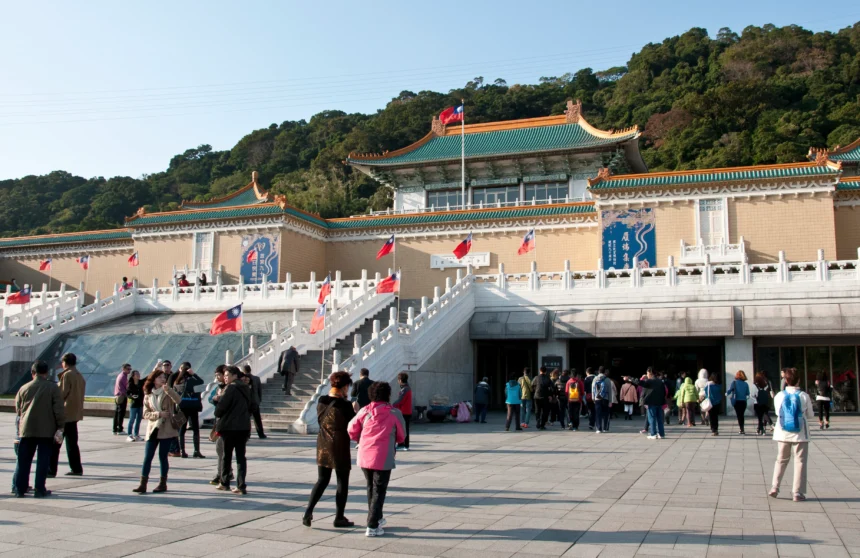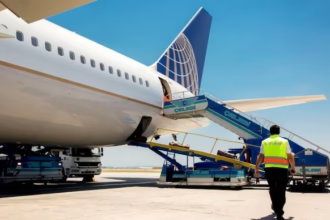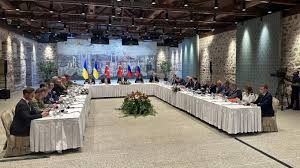Taipei, Taiwan – May 2025: The National Palace Museum, home to the world’s largest collection of Chinese imperial artefacts, is facing a steep decline in international tourist numbers, highlighting the ongoing chill in Taiwan’s relationship with mainland China.

The museum’s director, Hsiao Tsung-huang, has set a bold target of 3.5 million visitors for its centennial year in 2025. However, opposition lawmakers have cast doubt on the feasibility of this goal, citing drastically reduced visits from mainland China, Hong Kong, and Macau.
From Millions to Thousands: Mainland Tourists Absent
During a legislative session this week, Kuomintang (KMT) lawmaker Ko Chih-en criticized the museum’s target. Ko pointed out that in 2016, the National Palace Museum welcomed a record 6.14 million visitors — over half of them from mainland China and surrounding regions. In stark contrast, only 50,000 tourists from those areas visited in 2024.
The museum’s total visitor count fell to 2.87 million last year, with the majority of international tourists now coming from South Korea and Japan. This downturn coincides with intensifying political tensions across the Taiwan Strait, which have had a direct impact on tourism policies and exchanges.
Cross-Strait Tensions Undermine Cultural Tourism
Since the Democratic Progressive Party (DPP) came to power in 2016 under President Tsai Ing-wen, cross-strait relations have deteriorated. Both Taiwan and mainland China have imposed restrictions on group and individual travel. Beijing halted individual tourist travel to Taiwan in 2019 and has yet to fully lift the ban.
Although Beijing slightly relaxed rules in 2024 to permit group tours from Shanghai and Fujian, Taiwan has held off on reciprocal arrangements due to political disagreements. The friction has extended to cultural institutions, with formal ties between the National Palace Museums in Taipei and Beijing largely frozen since the DPP rejected the “one-China” framework.
Historical and Political Weight of the Artefacts
Founded in Beijing in 1925, the National Palace Museum’s Taipei branch opened in 1965 and contains over 700,000 artefacts rescued from Beijing’s Forbidden City during the Chinese Civil War. These treasures, which were brought to Taiwan by the KMT in 1949, remain a source of both national pride and political sensitivity.
Public sentiment on the mainland occasionally calls for the artefacts’ return, especially when cross-strait tensions flare. During the 2022 PLA military drills near Taiwan, sparked by then U.S. House Speaker Nancy Pelosi’s visit, concerns resurfaced about the security of the priceless collection and potential evacuation protocols.
Looking Ahead: Museum’s Cultural Mission vs. Political Climate
Despite the downturn in visitors, Director Hsiao remains committed to his centenary goal. The museum has diversified its audience strategy, focusing more on domestic outreach and engaging tourists from nearby Asian countries.
The institution has also revised its charter over the years to reflect a broader mission, emphasizing both Chinese heritage and global cultural connections — a nod to the shifting identity and political context of modern Taiwan.
Whether Taiwan’s most iconic museum can meet its 2025 target remains uncertain, but what is clear is that its future, like much of Taiwan’s tourism and cultural diplomacy, is deeply intertwined with the island’s evolving relationship with Beijing.
Related Reading: China-Taiwan Relations in 2025: Key Diplomatic and Tourism Trends








